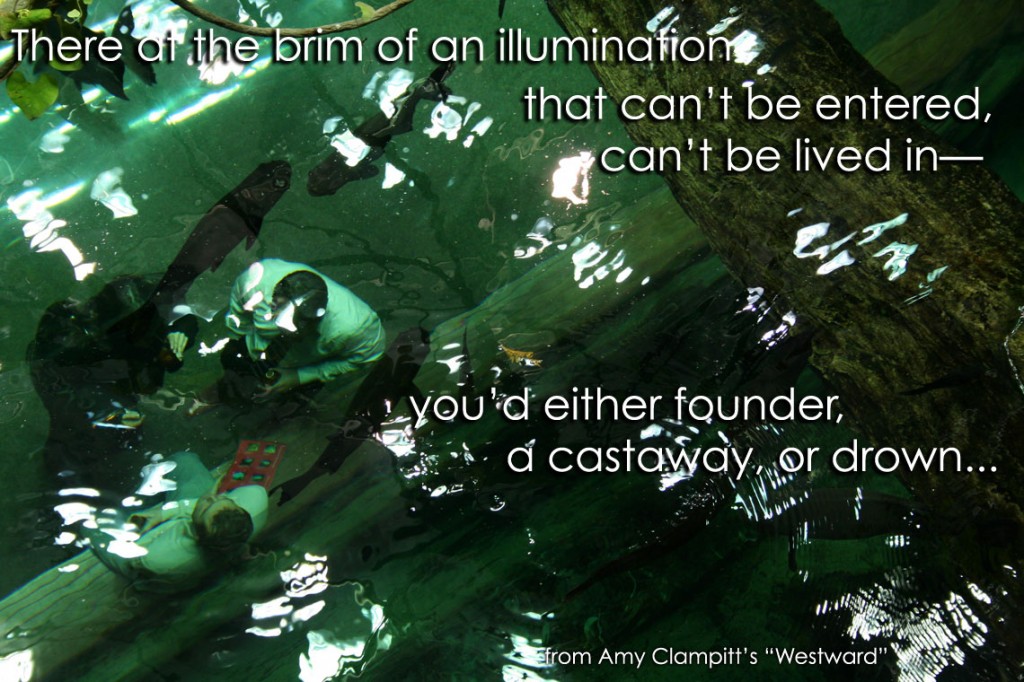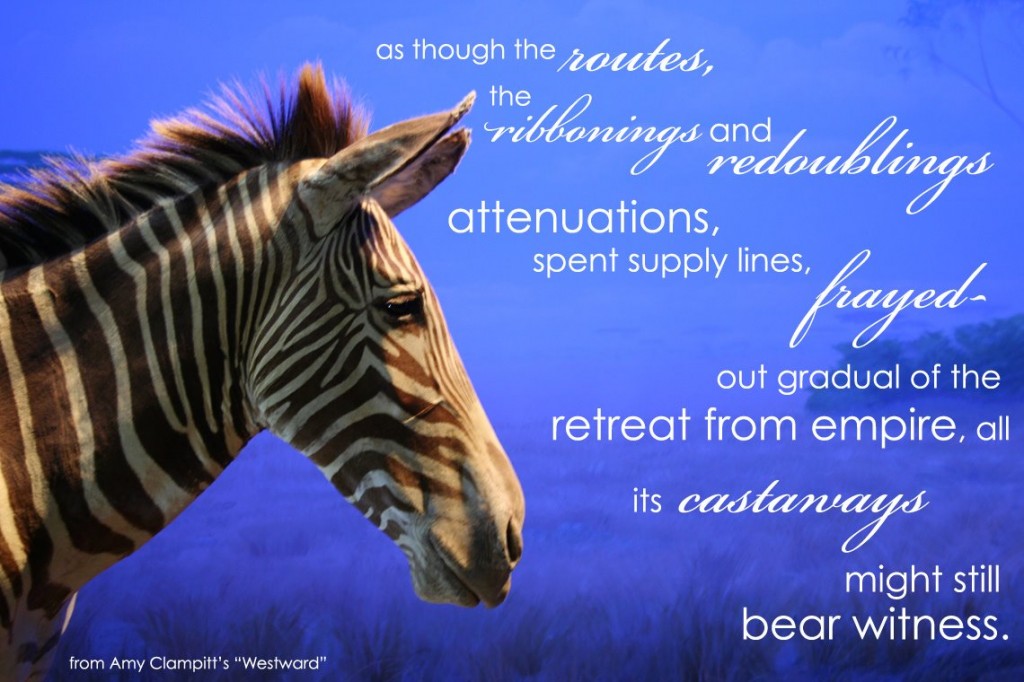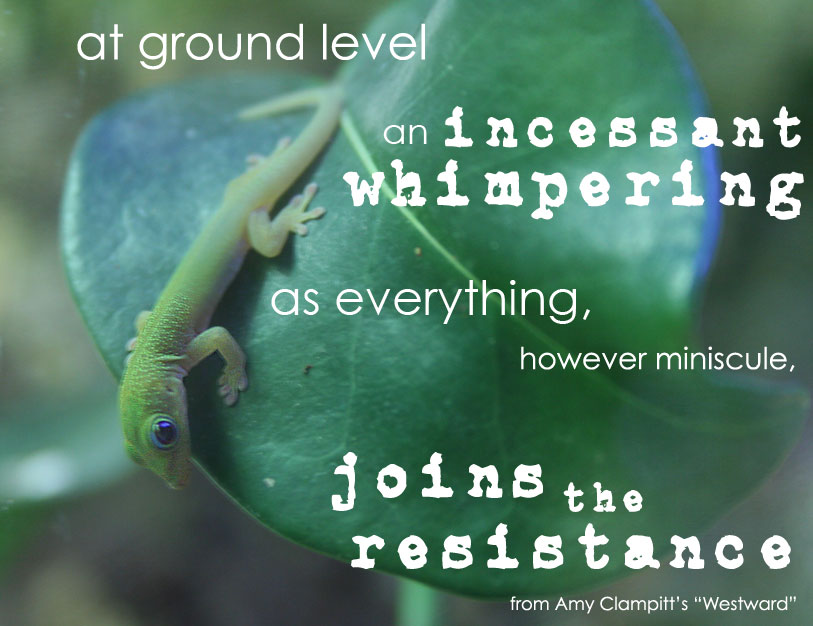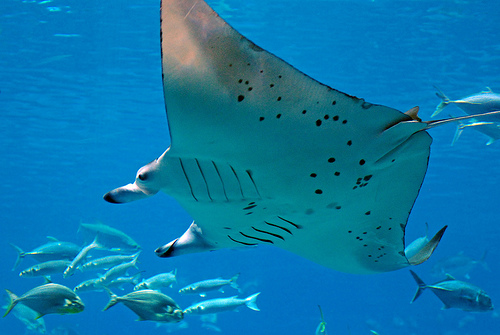(Cross-posted at BlogHer)
Think back to a time when you took a risk that succeeded. Now reflect on a time when you tried something and it bombed. What did you or others do differently in the first instance and the second? How did you recover from your failure in the second instance, and what would you do differently if you had another chance?
These are some of the questions posed to participants at the Risk and Reality Helzel Symposium at John F. Kennedy University on Saturday. In the audience were people who have decades of expertise working for nonprofits or in education, as well as a large number of emerging museum professionals, many of them enrolled in JFKU’s graduate program in museum studies (where I teach part-time).
The symposium featured Robert Garfinkle of the Science Museum of Minnesota and Jonathan Katz of Cinnabar, with moderation by museum guru Gail Anderson.
Katz outlined his “Seven Rules of Risk”:
1. Pick your battles. Know your priorities.
2. Be prepared. Use scenario planning.
3. Get outside support.
4. Make decisions. Present the best option to decision-makers rather than three choices.
5. Defend your position and your people.
6. Get client buy-in. Make them think your ideas were actually their ideas.
7. It’s not personal.
For Katz, managing risk means being informed and decisive.
Robert Garfinkle clearly thought differently about risk. Garfinkle headed the team that designed the provocative but very well-received exhibition Race: Are We So Different? Garfinkle, who is white, talked at great length about the institutional, and sometimes personal, risks he faced in collaborating on Race. Among these is the whiteness of the museum’s staff, which may have led to the staff lacking credibility to talk about the social and cultural dimensions of race–as the staff would be speaking from a position of white privilege. For Garfinkle, then, managing risk means having conversations. In his case, it meant going to the communities being represented in the exhibition, listening to their concerns and ideas, and using those ideas responsibly without violating their trust.
Garfinkle said the museum knew it had succeeded if the exhibition was attacked from both sides of the political spectrum. If you take on big things, Garfinkle explained to the students present, you’re going to get attacked. And that, he added, is how you know you’re on the right track.
Near the end of the day, Anderson asked us to write down a personal definition of risk. Garfinkle’s talk, along with my own experiences in the university classroom, led me to define risk as an opportunity to change minds. I think most of the people in the room left the symposium feeling more confident about taking risks and speaking truth to power in large and small ways.
We also penned long lists of tools to help us manage risk on a personal level, in our institutions, and in the museum field. Among my favorites were mentoring, social media networking, confidants in other fields, time and space to retreat and reflect (in solitude or with others), diversifying the field, transparency within an institution, and engaging in civic discourse.
For more, check out Kristen Olson’s post and the comments it drew at the Western Museums Association blog.
Of course, we weren’t the first ones to have considered risk in museums–far from it. A couple weeks ago, UNESCO offered a workshop for museum professionals working in the war zone that is Afghanistan, and the International Federation of Library Associations and Institutions recently published a report on library, archive, and museum collaborations (PDF) with a special section on risk management.
Sarah Rhodes reports that Shelley Bernstein, chief of technology at the Brooklyn Museum recently emphasized the importance of taking risks in digital media.
The American Association of Museums also has published a resource page on how museums can “find calm in a crisis.” The page offers links to resources on job loss, downsizing, management in tough times, fundraising, and other relevant topics.
For an interesting perspective on the risks and rewards inherent in experimenting with museums, check out the writing of museum futurist Elizabeth Merritt, founding director of the Center for the Future of Museums. Check out in particular her post Questioning Assumptions, which takes a look at some common beliefs about museums and the risks and rewards that might result from moving beyond them.
The AAM resource page and Merritt’s post form an interesting dialogue, asking what assumptions and beliefs we need to reassess in the midst of an economic crisis. What are our core values, and how much can we risk in the name of survival?
Is the current economic climate providing you with opportunities–or challenges–to take risks that you wouldn’t ordinarily take? How do you weigh personal risk against institutional risk?



